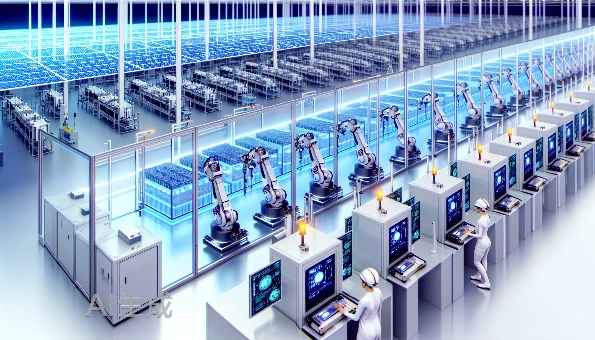This site uses cookies. By continuing to browse the site you are agreeing to our use of cookies.Read our privacy policy>![]()
This site uses cookies. By continuing to browse the site you are agreeing to our use of cookies.Read our privacy policy>![]()
Dynamic Updates on Precision Data Center Air Conditioning, UPS Power Supplies, and Temperature/Humidity Control Products
Precision air conditioning units, UPS power supplies, and other data center equipment
Maintenance and Servicing of Data Center Air Conditioning and Precision Air Conditioning Systems

As the core infrastructure of the digital economy, data centers are undergoing a profound transformation from being "resource-driven" to being "driven by both business and technology." Their development exhibits two core trends: Servitization and Intellectualization.
Servitization:
Essence: Data centers are no longer just places to house servers; they are transforming into platforms that provide efficient, elastic, on-demand services.
Manifestation: Through cloudification and modular design, rapid deployment and flexible scheduling of resources are achieved, directly supporting agile innovation in upper-layer businesses.
Intellectualization:
Essence: The deep application of AI, big data, IoT, and other technologies throughout the entire lifecycle of data center operations, management, and maintenance.
Manifestation: Achieving a leap from "manual operations" to "intelligent autonomy," improving efficiency, ensuring stability, and reducing costs and energy consumption.
To support the aforementioned trends, modern smart data centers commonly adopt a converged architecture, the core of which is:
Micro-module Data Centers: Integrating power distribution, temperature control, cabinets, cabling, monitoring, and other subsystems into a standard, unified functional unit.
Core Advantages:
Rapid Deployment: Prefabricated in factories, quickly assembled on-site like "building blocks," reducing the deployment cycle by over 50% compared to traditional models.
Flexible Expansion: Micro-modules can be added as needed, enabling smooth expansion of the data center and avoiding over-investment initially.
High Efficiency & Energy Saving: Through precise designs like contained cold/hot aisles and in-row cooling, cooling efficiency is significantly improved, reducing PUE below 1.5, even reaching 1.3 or lower.
Intelligent Management: Integrated with environmental monitoring and DCIM systems, enabling visual, manageable, and controllable intelligent operations.
Prefabricated Modularity: Disrupting traditional construction models, realizing the productization of engineering, forming the cornerstone of rapid delivery.
Liquid Cooling Technology: With the explosion of AI computing demand, high-density servers are becoming the norm. Liquid cooling is a key technology for reducing PUE and handling kilowatt-level power consumption per rack.
AI-Driven Operations: Using machine learning algorithms to analyze massive operational data in real-time, enabling:
Predictive Maintenance: Early warning of potential equipment risks, shifting from "reactive response" to "proactive maintenance."
Energy Efficiency Optimization: Dynamically adjusting cooling system parameters to maximize energy utilization efficiency.
Construction Cycle and Cost:
Challenge: Traditional construction models have long cycles and high investment.
Response: Adopt prefabricated modular architecture to significantly shorten the timeline and reduce the total cost of ownership.
Energy Consumption and PUE:
Challenge: Energy costs are a major operational expense, and PUE requirements are becoming increasingly strict.
Response: Continuously reduce PUE through AI-driven energy optimization, liquid cooling technology, free cooling, and other solutions.
Operational Complexity:
Challenge: Increasing scale and technological iteration cause operational complexity to grow exponentially.
Response: Deploy intelligent operations platforms to enhance the level of automation and intelligence, reducing reliance on manual labor.
In the future, data centers will evolve towards "Ultimate Energy Efficiency" and "Unmanned Operations". AI will participate more deeply in the autonomous optimization of infrastructure, while national projects facilitate the rational layout and green, intensive development of data centers from a macro level.
We will contact you as soon as possible after submission.